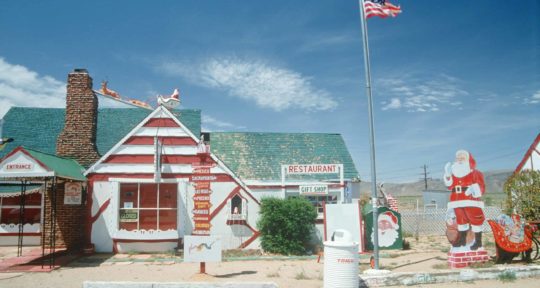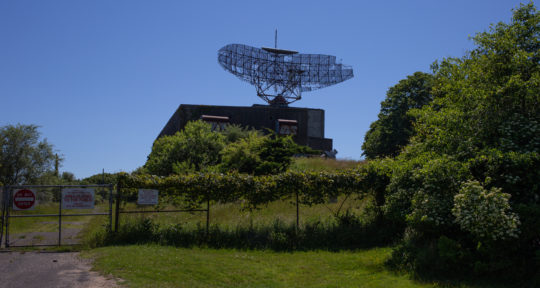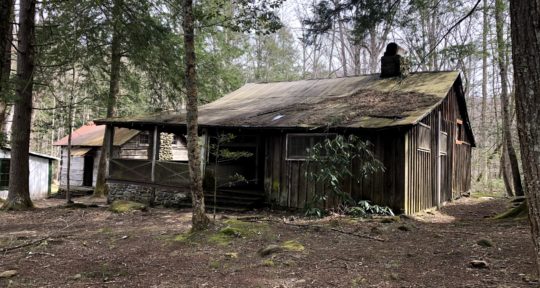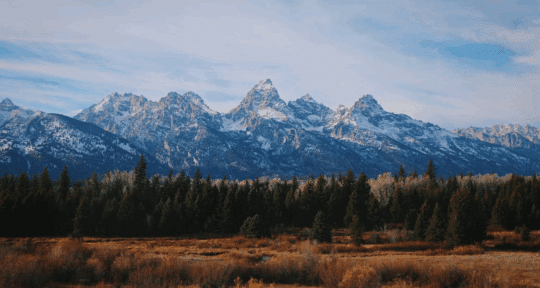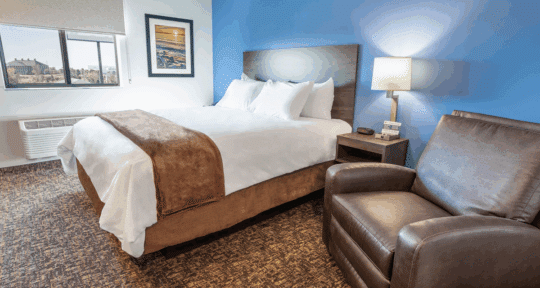What does a town do when it has too much trash and nowhere to put it? In the case of Centralia, Pennsylvania, town officials decided to burn it. Started in May, 1962—just before the big Memorial Day Parade—the landfill blaze hit a live coal vein underground. Nearly 60 years later, a fire is still burning underneath the town.
In the early 1980s, 12-year-old Centralia resident Todd Domboski fell into a sinkhole that appeared in his backyard. He was pulled out by his cousin, but it was discovered that the hot steam emanating from the hole contained a lethal level of carbon monoxide. In the mid-1980s, the government provided more than $42 million to buy out and relocate Centralia’s remaining residents, with more than 1,000 people accepting the offer and 500 buildings being demolished.
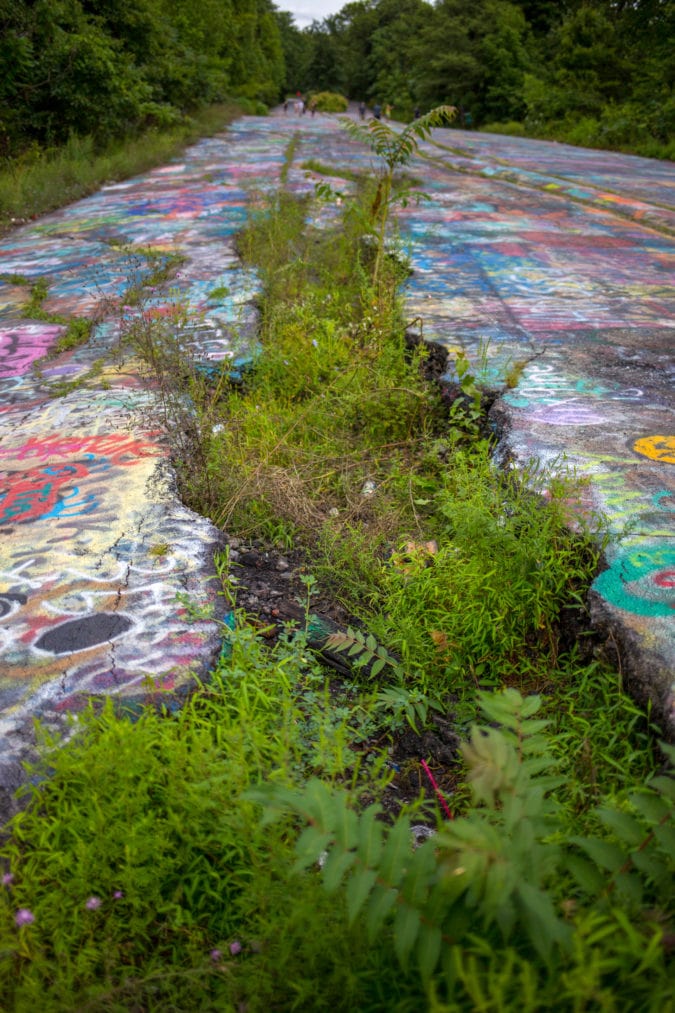
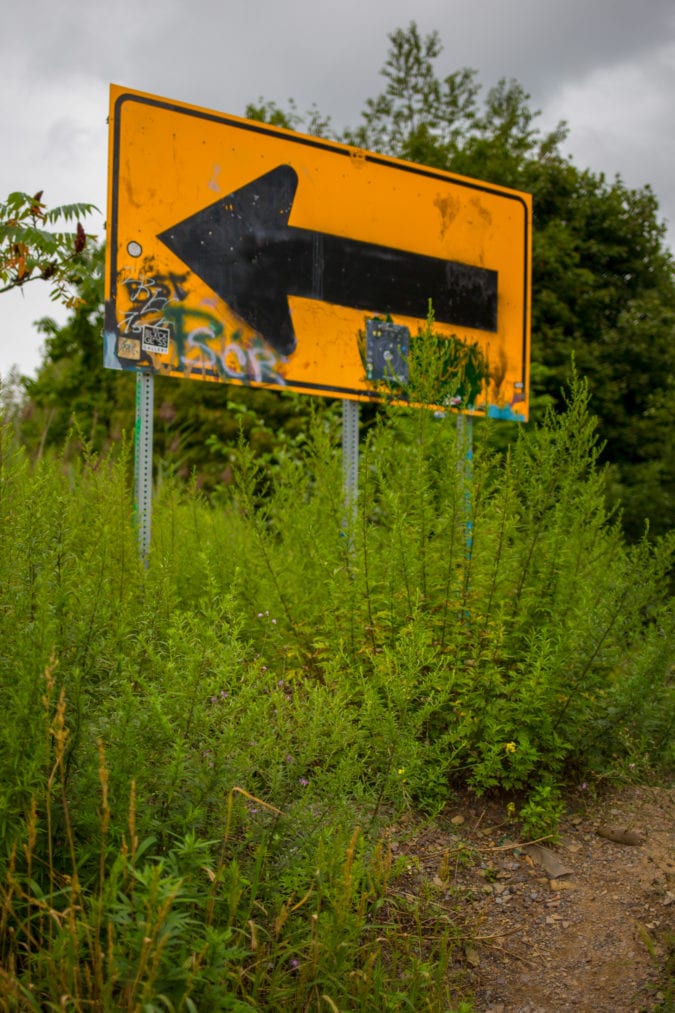
What was once a small, thriving community is now home to a busted road, empty lots, and three houses without a ZIP code. Few people outside of Columbia County knew about the still-burning ghost town until the movie Silent Hill, inspired by Centralia, came out in 2006.
The first time I went searching for the town’s notorious abandoned road, known as the Graffiti Highway, I drove up and down Pennsylvania Route 61 without knowing exactly what I was looking for. Since my first visit, I’ve returned at least once a year. I now know my way around, but as the colorfully painted road has increased in popularity, new visitors can rely on other people to lead the way.
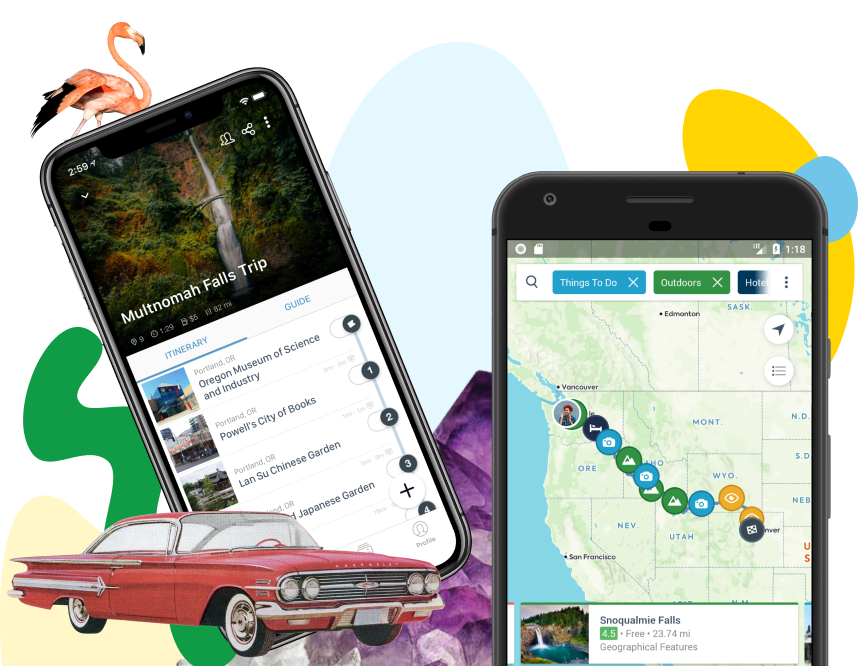
Download the mobile app to plan on the go.
Share and plan trips with friends while discovering millions of places along your route.
From coal to graffiti
Locals frequently take their four-wheelers up and down the road, but I’m not intimidated as I walk down the center of it, looking at the constantly changing layers of inspirational quotes, names, smiley faces, American flags, and crude drawings of anatomy.
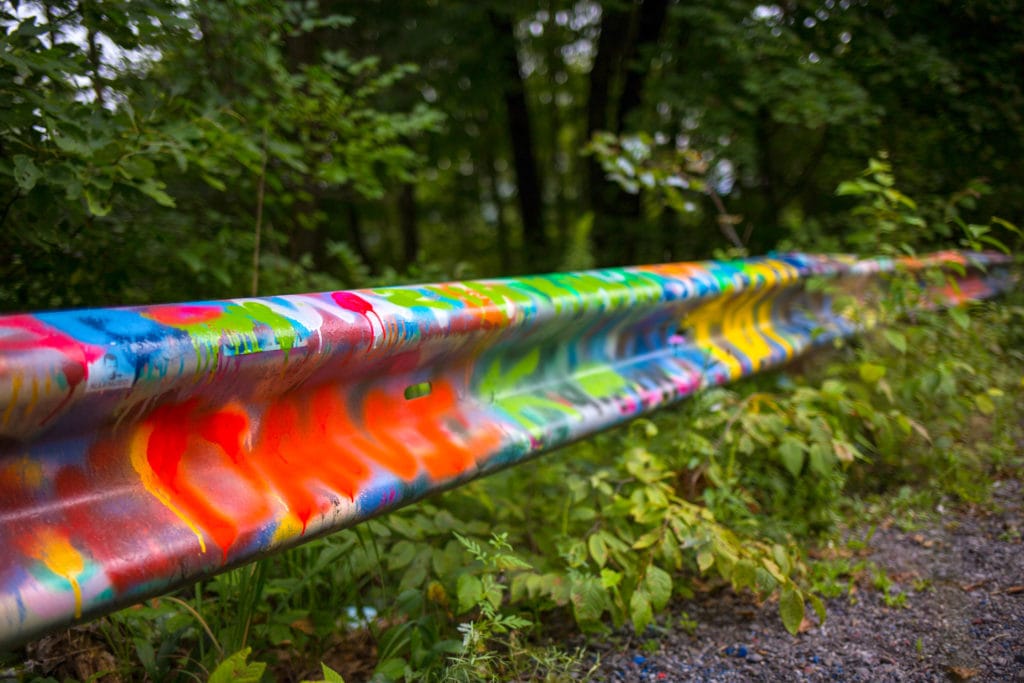

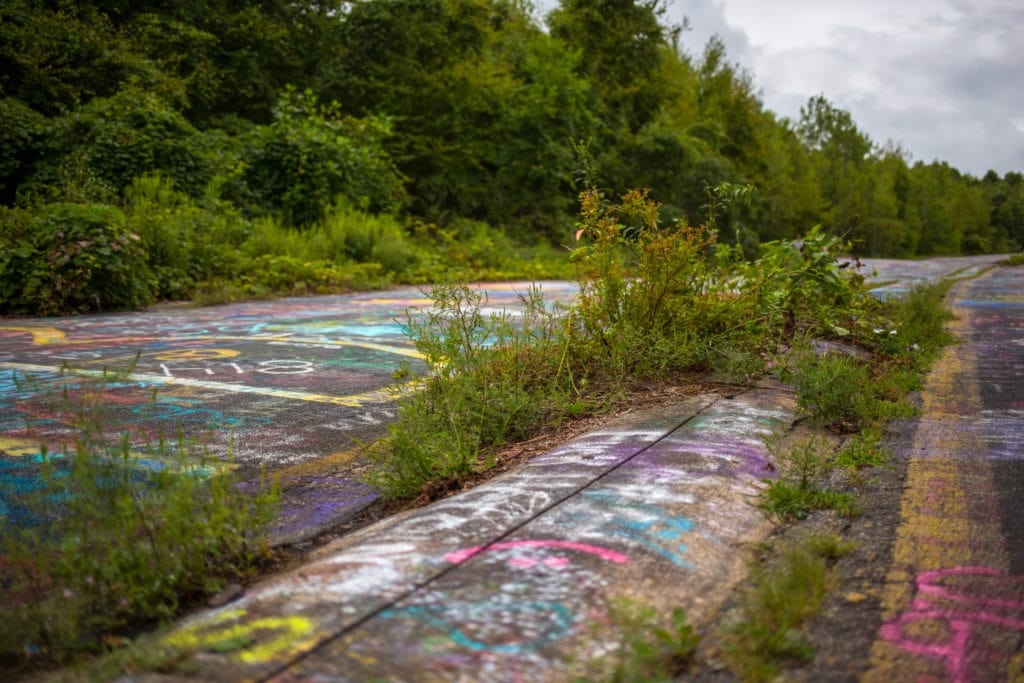
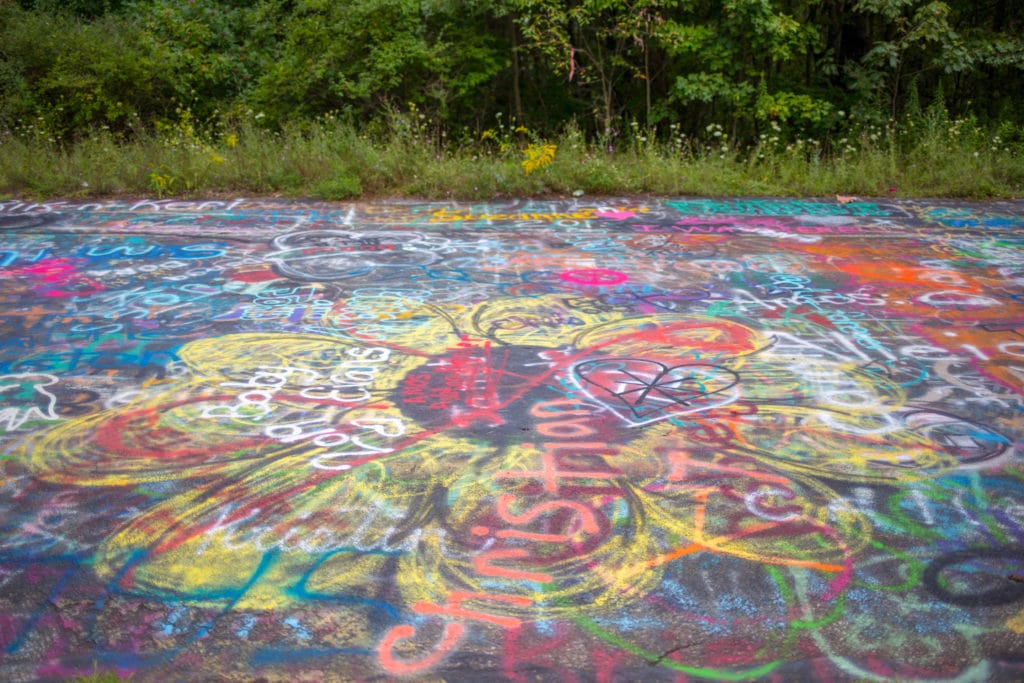
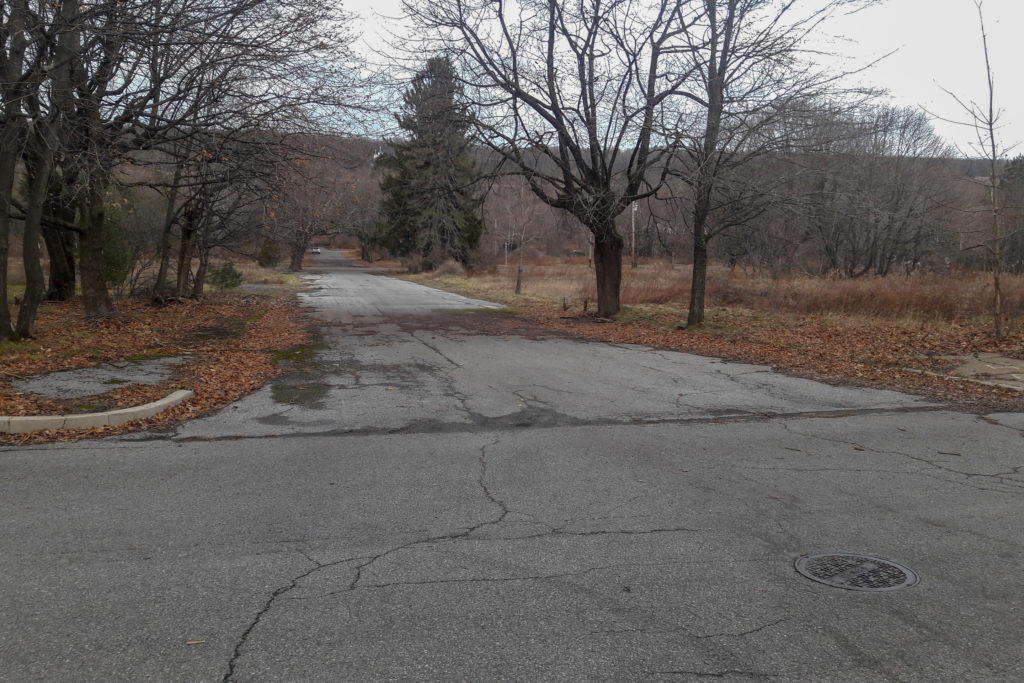
The highway, once part of Route 61, was taken out of commission after a large portion of the road buckled under the pressure from the mine fire. “Smoke came out of the giant crack up until about 2017,” says Mark Winter, who lives nearby and has brought his ATV to the abandoned highway.
“The fire isn’t here anymore,” he says as he points down at the buckled asphalt and then gestures toward his hometown of Douglas. “It’s still going that way, eating up all the coal it can. I love coming here. I’m here about once a week.”
The first mines opened in Centralia in 1856, and the town’s population peaked in 1890. World War I and the stock market crash of 1929 contributed to a decline in coal production over the next few decades. There are conflicting theories about what caused the fire, but in his book Fire Underground: The Ongoing Tragedy of the Centralia Mine Fire, author David Dekok concludes that it started with the 1962 landfill cleanup. When that fire was not properly extinguished, it spread into a maze of abandoned mines beneath the town.
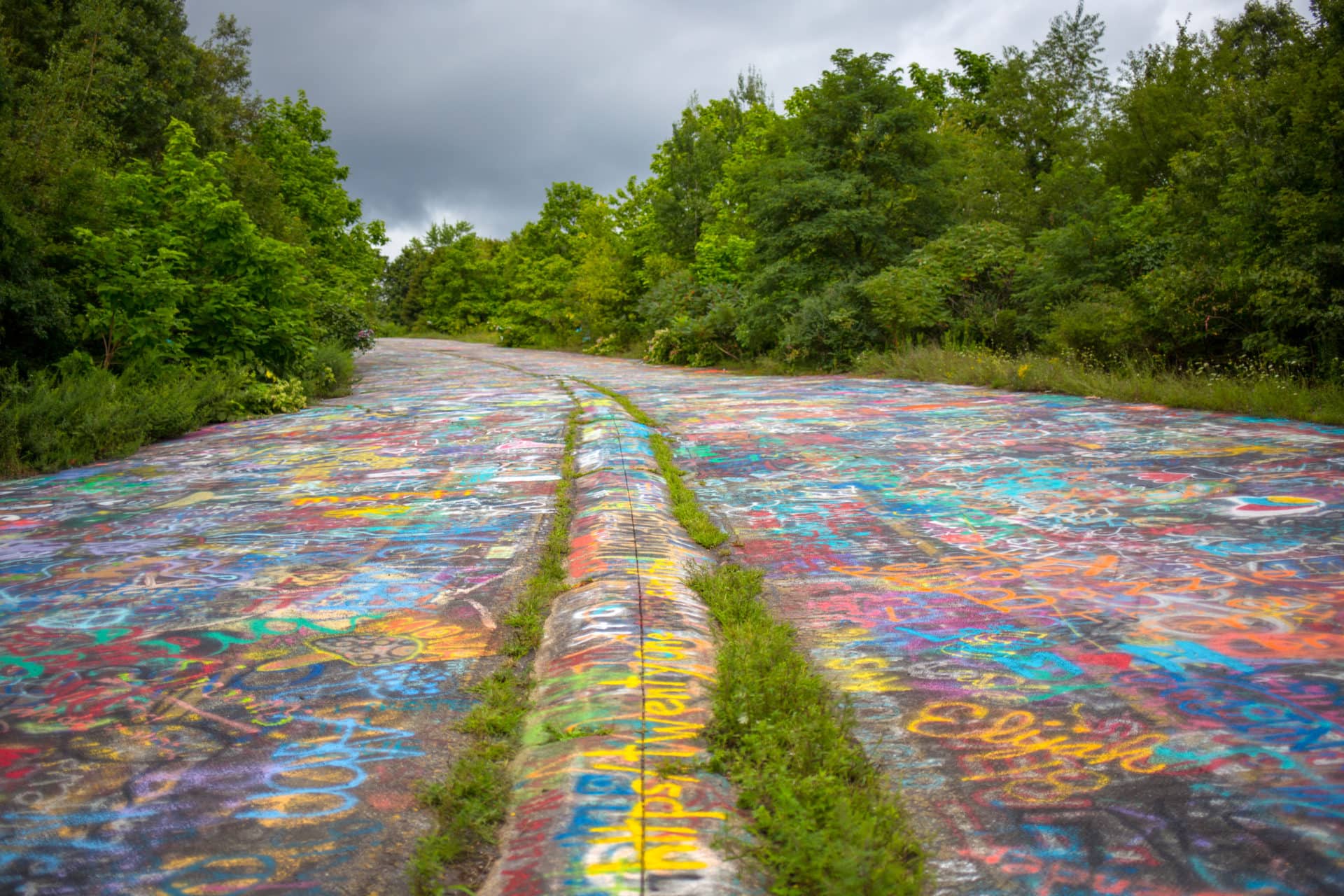
Today, Centralia is the least-populated municipality in Pennsylvania. In 2017, there were just five permanent residents. The USPS discontinued Centralia’s ZIP code in 2002. An agreement was reached with the remaining residents in 2013, allowing them to continue living in the town—with the stipulation that after they die, the rights to their houses would transfer to the state.
Home sweet home
Rita Long walks her small dog outside of one of the lone homes within the confines of Centralia. She says she’s not happy with the influx of “out-of-towners.” She doesn’t mind if they visit the Graffiti Highway, but she feels threatened when people get too close to her house. “I don’t mind them four-wheeling on the broken road,” Long says. “Everybody does that now. We don’t have any police or fire department around here. Closest one is Bloomsburg and that’s a good 20 minutes away.”
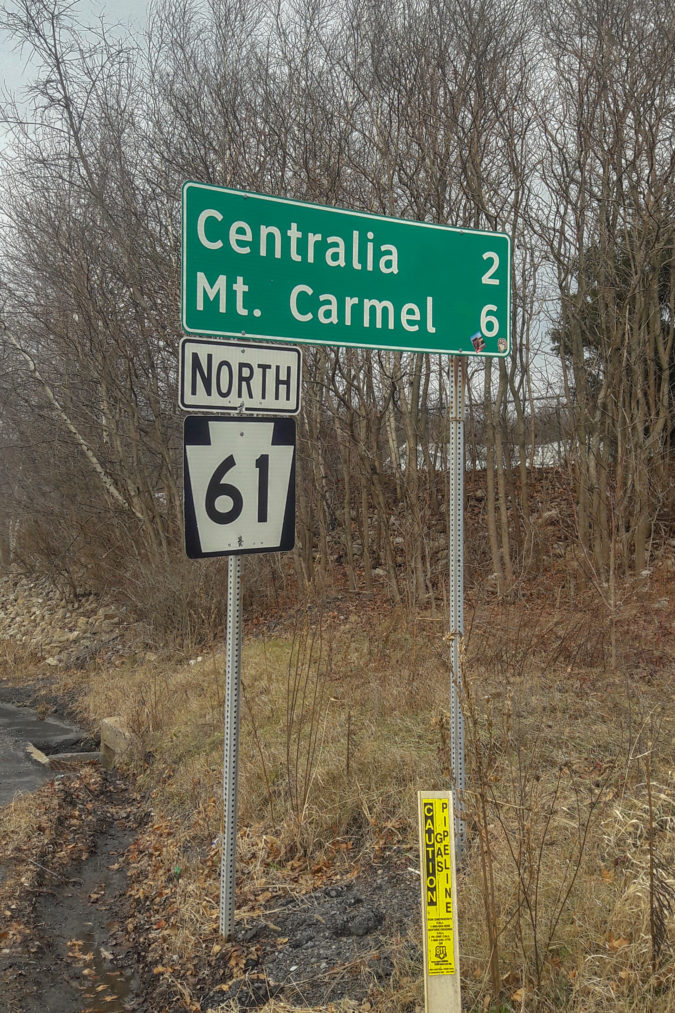
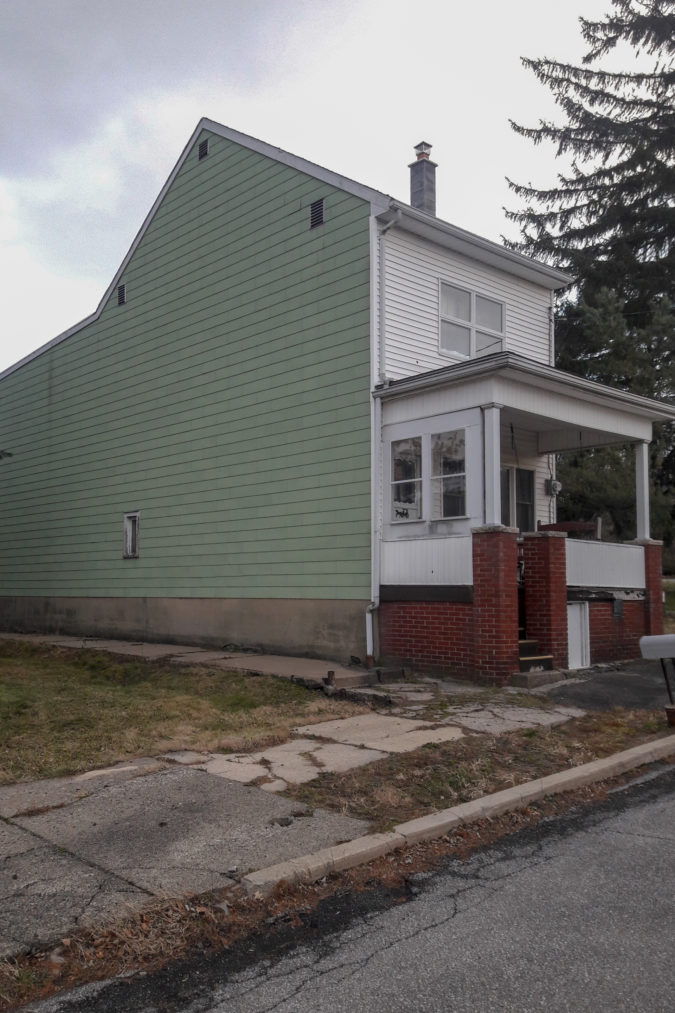
When I point out the lack of evidence of the continuing fire, Long confirms that she hasn’t seen smoke in at least five years. “But the people just keep coming,” she says. “I know that’s why they come here. I can accept that. Just don’t come up here. This is my home. There’s nothing for anyone up here.”
As I stop into a corner restaurant for a large basket of French fries and root beer, I meet Dustin Godshall. When I ask if he lives in Centralia, he says he lives “wherever he can” and is currently taking up residence at a friend’s place outside of town. But he visits the Graffiti Highway every day on his four-wheeler—it’s how he clears his head.
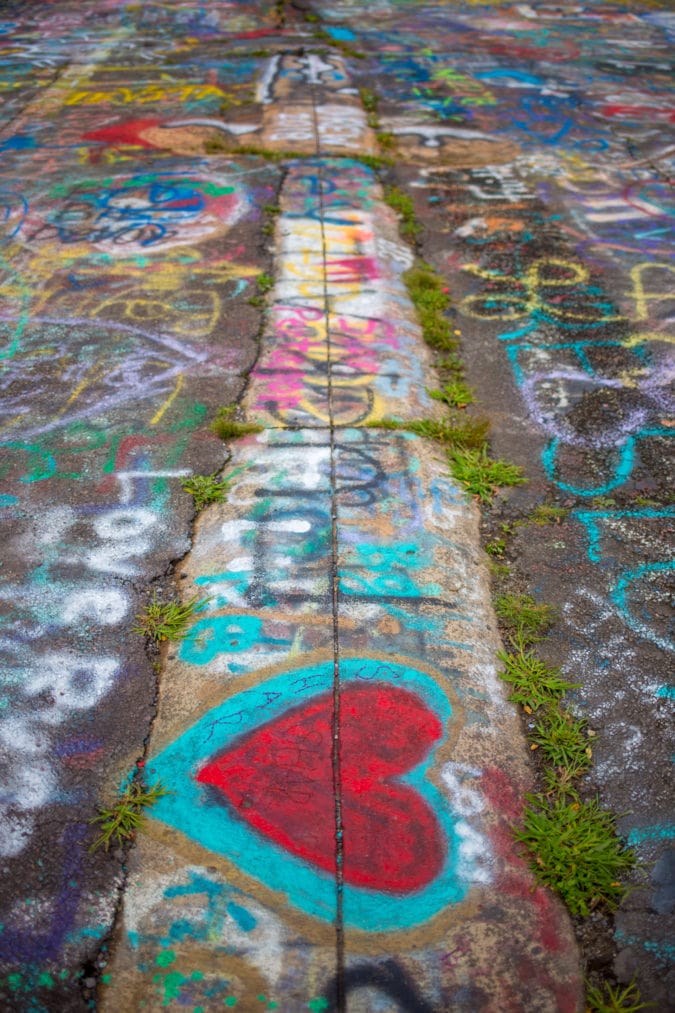

Centralia is a place where legends, superstitions, and tall tales abound, but some people are hopeful it can once again be a bustling town—for more positive reasons. “There’s a guy who comes around when the weather is nicer and he has a hot dog cart,” Godshall says. “He sells hotdogs and stuff to people. Some families come up and they picnic right there on the road.”
There has been talk of turning the town into a tourist attraction. Centralia may resemble a post-apocalyptic landscape, but to Long and a handful of others, it’s still home.
If you go
Citing safety concerns in the wake of COVID-19, the owner of Centralia’s Graffiti Highway decided to cover up the colorful road in April, 2020 to discourage visitors.


